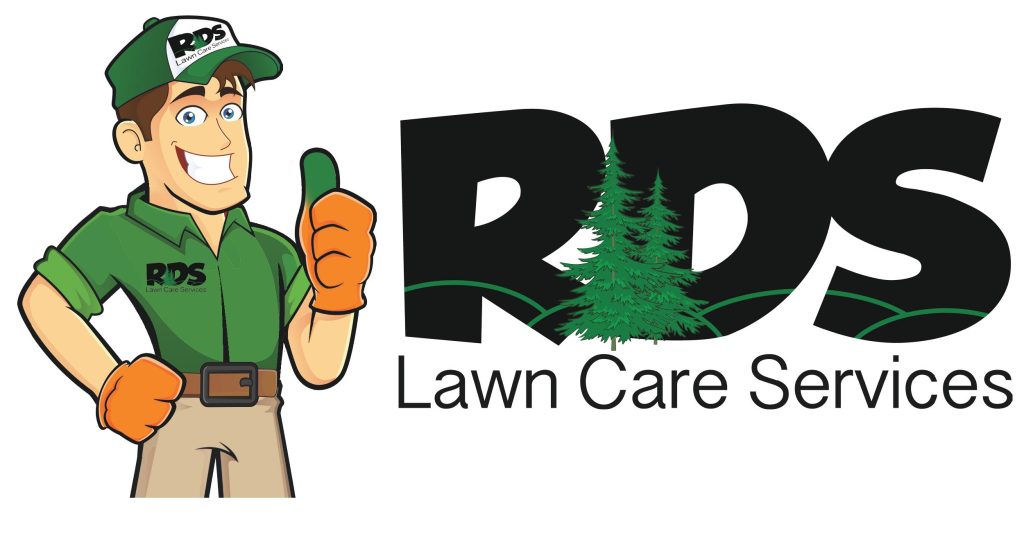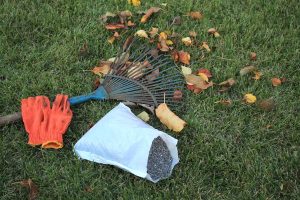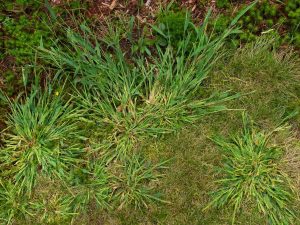Healthy lawns depend on strong roots, balanced soil, and proper airflow. Without these fundamentals, turf becomes weak and susceptible to fungal outbreaks that spread quickly in the Charlotte area’s humid climate. One of the most effective ways to build this foundation is through core aeration. At RDS Lawn Care, we’ve seen time and again how aeration helps prevent lawn disease by reducing soil compaction, improving drainage, strengthening turfgrass, and lowering the risk of disease across both cool-season and warm-season lawns in North Carolina’s challenging conditions.
Why Lawn Aeration Matters
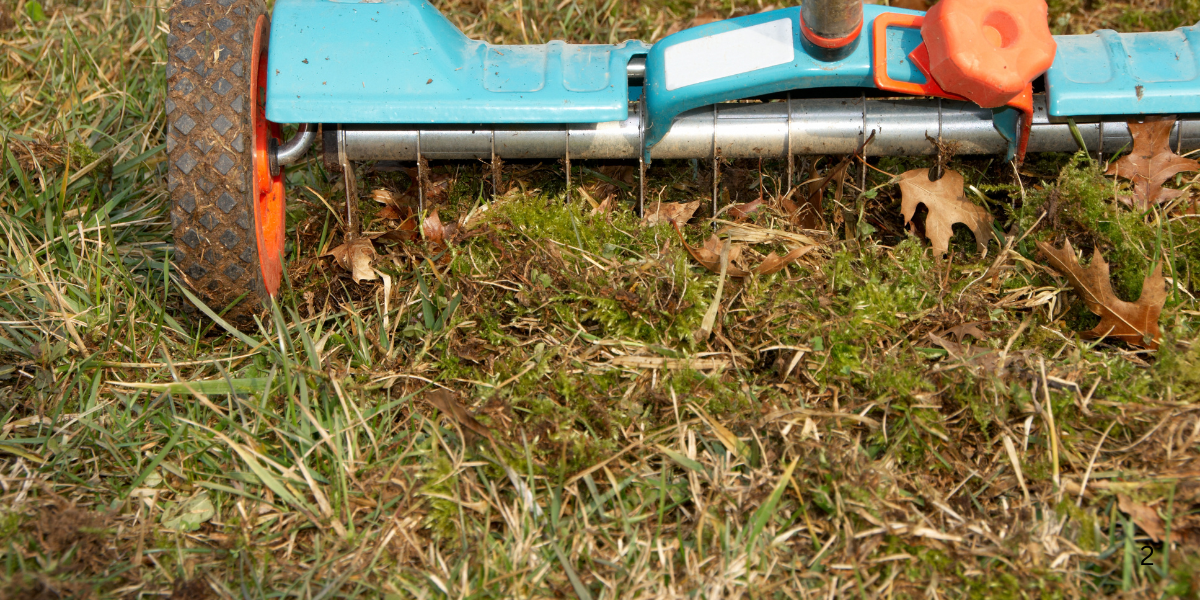
Before understanding its role in disease prevention, it helps to know what aeration actually does for the soil and grass. Aeration is the process of removing small plugs of soil to open compacted ground and create pathways for air, water, and nutrients. These channels allow roots to breathe and expand, help water penetrate deeper into the soil, and encourage microbial activity that supports long-term turf health.
For homeowners, this means grass that grows stronger, looks greener, and can fight off disease more effectively. Lawns that never get aerated often struggle with shallow roots, poor drainage, and patchy growth—all conditions that fungal pathogens exploit. By keeping soil loose and biologically active, aeration builds the natural defense system every healthy lawn needs.
How Aeration Helps Prevent Lawn Disease
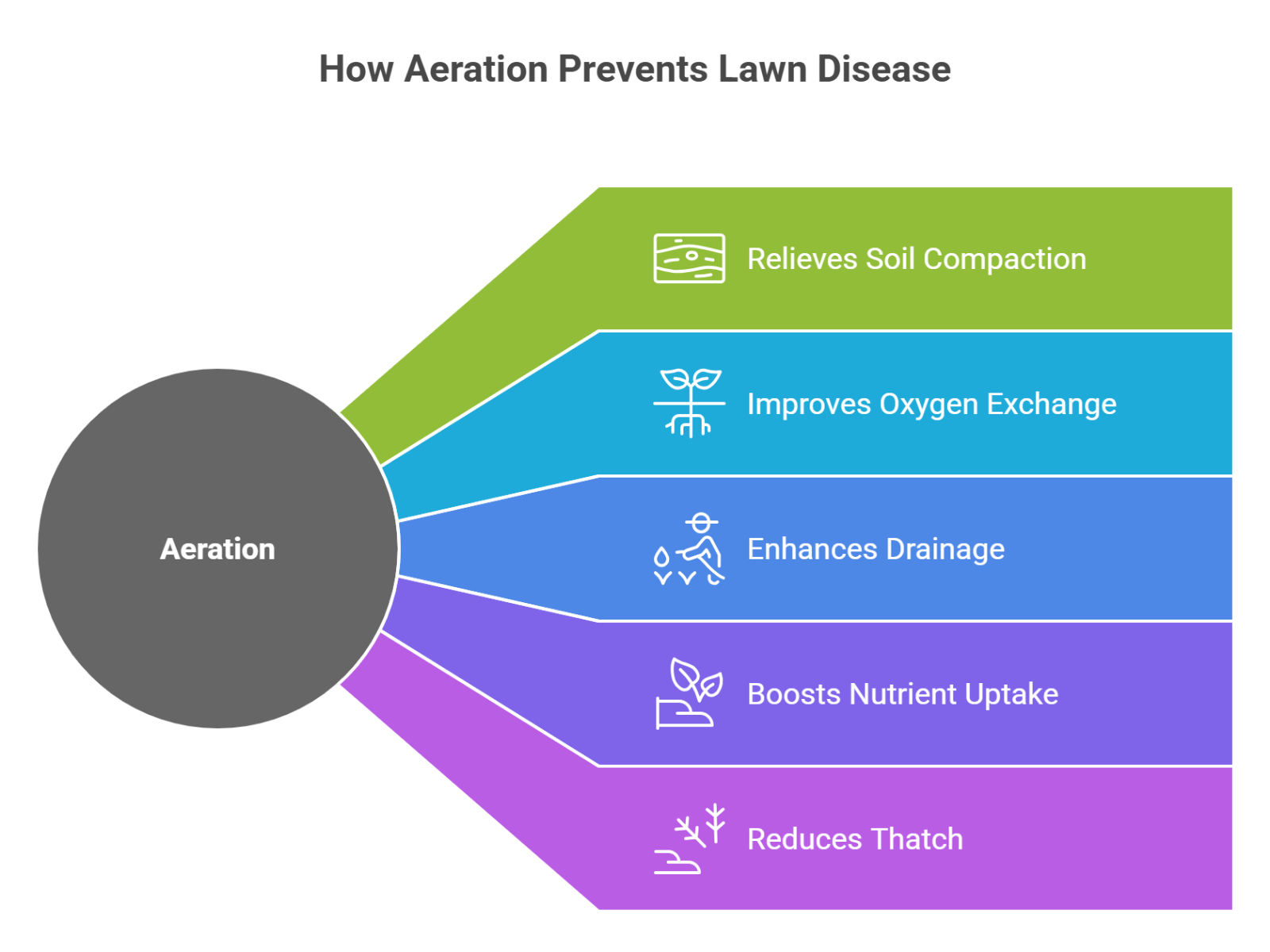
Aeration does more than improve airflow—it directly interrupts the conditions that allow fungal diseases to spread.
1. Relieves Soil Compaction
Compacted soil restricts root growth and prevents water from penetrating evenly. When water sits on the surface, fungi thrive. By pulling plugs, aeration loosens the soil, encouraging deeper root systems that are less susceptible to disease pressure.
2. Improves Oxygen Exchange
Grass roots and beneficial microbes require oxygen to function. Without oxygen, anaerobic conditions develop, which favor harmful organisms and reduce turf vigor. Aeration increases gas exchange in the root zone, supporting healthy soil biology that naturally suppresses disease.
3. Enhances Drainage
Poor drainage contributes to fungal infections like Pythium blight and brown patch. After aeration, water infiltrates more effectively instead of pooling on the surface, lowering the chances of disease development.
4. Boosts Nutrient Uptake
Fertilizers and soil amendments are more effective when they reach the roots. Aeration breaks through compact layers, allowing nutrients to penetrate. A stronger, well-fed lawn is more resilient to pathogens and can recover faster if minor outbreaks occur.
5. Reduces Thatch Accumulation
Thatch is a layer of dead stems and roots that can harbor insects and fungi. Aeration accelerates microbial activity that breaks down thatch. Thinner thatch means fewer places for pathogens to establish.
Seasonal Timing of Aeration
Not every season is equal when it comes to aeration. For Charlotte homeowners, fall is ideal because warm-season grasses are recovering from summer stress while cool-season grasses are actively growing. Aeration at this time strengthens roots and prepares lawns for the winter months when the soil tends to stay wetter.
Aeration as Part of an Integrated Disease Management Plan
Aeration is not a standalone cure for active fungal disease. It is a preventive strategy that reduces the conditions that encourage pathogens. When combined with proper mowing height, balanced fertilization, and appropriate irrigation practices, aeration significantly lowers the risk of widespread disease.
If a disease outbreak has already occurred, licensed technicians may apply fungicides to control it. Aeration then helps the lawn recover by stimulating new root and shoot growth.
Aeration and Overseeding Work Together
One of the best ways to crowd out disease is with thick, dense turf. After core aeration, the soil surface is primed for overseeding. The plugs and openings act as seedbeds, improving seed-to-soil contact. A fuller lawn shades the soil, reduces weed germination, and improves disease resistance.
At RDS Lawn Care, we often pair fall aeration with overseeding to rejuvenate fescue lawns, which are common throughout Charlotte and the surrounding areas.
Local Conditions That Make Aeration Essential
Charlotte’s lawns are entering a tricky stretch. Early-week heat near 90°F stresses turf, while dry, compacted soil limits defenses. By the weekend, rain will raise disease risks, and cooler nights will trigger large patches in warm-season grasses. Aeration now helps water drain, relieves compaction, and lowers the chance of fungal outbreaks.
Common Lawn Diseases Reduced by Aeration
Lawn aeration helps limit several of the most common diseases in North Carolina:
- Brown Patch – Often triggered by heat and high humidity.
- Dollar Spot – Appears as small, bleached circles caused by excess moisture.
- Large Patch – A cool-season disease that spreads rapidly in fall.
- Pythium Blight – Severe in waterlogged areas with poor drainage.
Each of these diseases thrives under compacted, damp, and stressed conditions—exactly the issues aeration helps to solve.
Best Practices for Effective Aeration
Adding context before best practices makes it easier for homeowners to act. Aeration is most effective when paired with other cultural practices that keep lawns healthy.
Use Core Aeration, Not Spikes
Core aeration removes plugs of soil, while spike tools only push the soil sideways, worsening compaction.
Combine with Overseeding
After aeration, open soil channels allow seed-to-soil contact, helping new grass fill in bare spots and outcompete disease-prone areas.
Time It Around Moisture
Aerating slightly moist soil makes it easier for machines to pull cores. Avoid overly dry or saturated conditions.
Maintain After Aeration
Water deeply and mow regularly after aeration to help roots recover and expand into the new channels.
The RDS Aeration Process
When we aerate your lawn, we use professional-grade equipment that extracts thousands of soil cores across your property. We recommend leaving the plugs on the surface to decompose naturally, as they contain beneficial microorganisms that return nutrients to the soil.
For cool-season lawns, we often combine aeration with overseeding and fertilization. For warm-season lawns, we may pair aeration with topdressing or targeted soil amendments. Every service is backed by our 100% satisfaction guarantee.
Results You Can Expect
Most homeowners notice improved drainage and reduced pooling within the first rainfall after aeration. Within weeks, grass begins producing deeper roots and thicker blades. Over the course of a season, the lawn develops greater resilience against stress and reduced disease incidence. With consistent annual aeration, combined with fertilization and weed control, lawns transform from thin and patchy to dense and vibrant.
FAQs
Does aeration prevent all lawn diseases?
No. Aeration improves conditions that reduce disease pressure, but active fungal outbreaks may still require fungicide applications.
How often should I aerate my lawn?
Once a year for clay soils or high-traffic lawns; every two to three years for lighter soils.
When should I aerate in Charlotte, NC?
Cool-season grasses: early fall. Warm-season grasses: late spring through early summer.
Will aeration fix bare spots?
Aeration loosens the soil and prepares it for overseeding, which is the step that fills in bare areas.
Is spike aeration effective?
Spike aeration is less effective because it pushes soil aside instead of removing it. Core aeration is the preferred method for clay soils.
Final Thoughts
Aeration is one of the most cost-effective ways to prevent lawn disease and protect your investment. Our team at RDS Lawn Care has provided aeration, overseeding, and disease control services for over 25 years in Charlotte, Belmont, Gastonia, Fort Mill, and nearby communities.
Call (704) 822-1625 or request a free quote today to schedule your aeration service.
